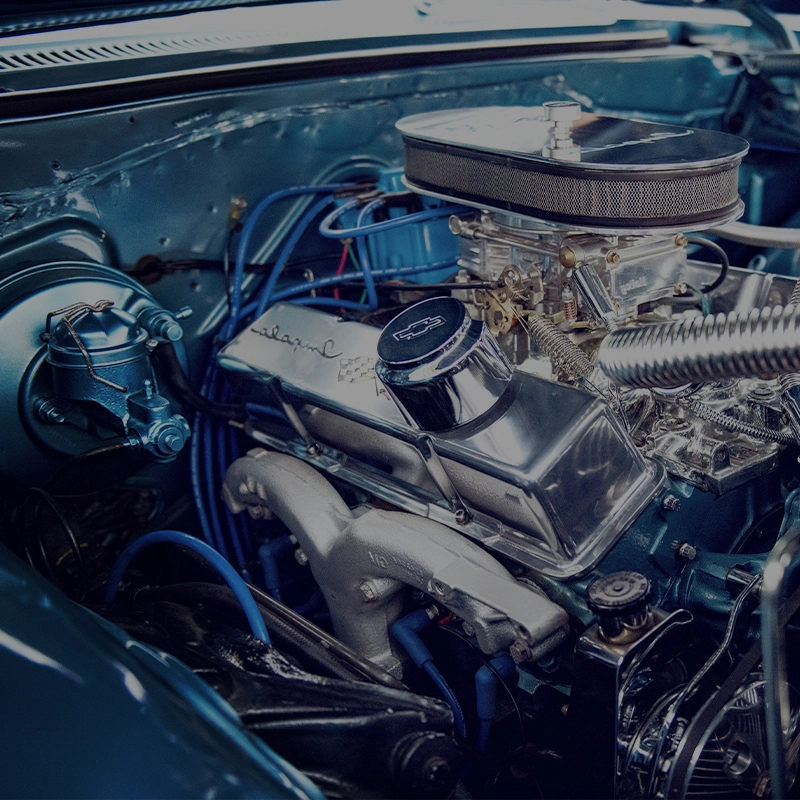Mobile:+86-311-808-126-83
Email:info@ydcastings.com
Manufacturing High-Quality Cast Stainless Steel Components for Various Applications
The Advantages of Cast Stainless Steel Parts
In the world of manufacturing and engineering, the choice of materials significantly influences the characteristics and performance of the final product. Among the various options available, cast stainless steel parts have gained considerable recognition due to their superior properties and versatility. This article delves into the benefits of using cast stainless steel components, exploring their applications and the factors that contribute to their growing popularity.
What is Cast Stainless Steel?
Cast stainless steel is a category of stainless steel that is produced through the casting process, where molten metal is poured into a mold and allowed to solidify. This process allows for intricate shapes and complex designs to be achieved, making cast stainless steel parts highly sought after in various industries. With different grades available, each type offers unique properties that can cater to specific applications, such as corrosion resistance, heat resistance, and strength.
Advantages of Cast Stainless Steel Parts
1. Corrosion Resistance One of the primary reasons for the popularity of cast stainless steel is its impeding nature against corrosion. Stainless steel contains chromium, which forms a protective oxide layer on the surface, preventing rust and deterioration even in harsh environments. This property is particularly valuable in industries such as food processing, pharmaceuticals, and marine applications where exposure to humidity and chemicals is common.
2. Strength and Durability Cast stainless steel parts exhibit excellent tensile strength and durability. Unlike other materials that may bend or break under pressure, cast stainless steel can withstand significant stresses, making it ideal for heavy-duty applications. Components such as valves, pumps, and fittings benefit from this strength, ensuring longevity and reliability.
3. Versatility in Design The casting process allows for the creation of complex geometries that would be difficult or impossible to achieve with machining. This versatility means that designers and engineers can create parts tailored to specific requirements without compromising on performance. The intricate designs possible with cast stainless steel can lead to reduced weight and optimized functionality in applications ranging from aerospace to automotive.
cast stainless steel parts

4. Cost-Effectiveness Although the initial costs of cast stainless steel may be higher compared to other materials, the long-term savings often outweigh the initial investment. Due to their durability and resistance to wear and tear, cast stainless steel components require less frequent replacement. These factors can significantly reduce maintenance costs and downtime, making them a cost-effective choice for manufacturers.
5. High-Temperature Resistance Certain grades of cast stainless steel can endure elevated temperatures without losing their mechanical properties. This makes them suitable for applications where components will be exposed to high temperatures, such as in exhaust systems and heat exchangers. Their ability to retain strength and integrity under thermal stress extends the operational lifespan of these parts.
6. Aesthetic Appeal Cast stainless steel parts have a polished, attractive finish that can enhance the overall appearance of a product. For applications in consumer goods or architectural elements, this aesthetic quality can be as important as functional attributes. Manufacturers often choose stainless steel to make a positive impression on customers while delivering high-quality performance.
Applications of Cast Stainless Steel Parts
The applications of cast stainless steel parts are extensive and varied. Some of the most common sectors include
- Aerospace Components such as housings, brackets, and other structural parts benefit from the lightweight yet strength-oriented properties of cast stainless steel. - Marine Industry Boat fittings, hardware, and other maritime components rely on the corrosion resistance of stainless steel to withstand the harsh ocean environment. - Food and Beverage Equipment used in processing, such as mixers, tanks, and valves, are often made from cast stainless steel to meet hygiene standards and resist corrosion. - Oil and Gas Cast stainless steel valves and fittings are essential in oil and gas applications where exposure to corrosive substances is prevalent.
Conclusion
In conclusion, cast stainless steel parts are crucial in various industries due to their impressive properties—corrosion resistance, durability, versatility, and aesthetic appeal. As technology continues to advance, the demand for these components is expected to grow, making them a staple in modern manufacturing. When quality and performance are a priority, cast stainless steel proves to be an excellent choice for a variety of applications.
-
Why Should You Invest in Superior Pump Castings for Your Equipment?NewsJun.09,2025
-
Unlock Performance Potential with Stainless Impellers and Aluminum End CapsNewsJun.09,2025
-
Revolutionize Your Machinery with Superior Cast Iron and Aluminum ComponentsNewsJun.09,2025
-
Revolutionize Fluid Dynamics with Premium Pump ComponentsNewsJun.09,2025
-
Optimizing Industrial Systems with Essential Valve ComponentsNewsJun.09,2025
-
Elevate Grid Efficiency with High-Precision Power CastingsNewsJun.09,2025











